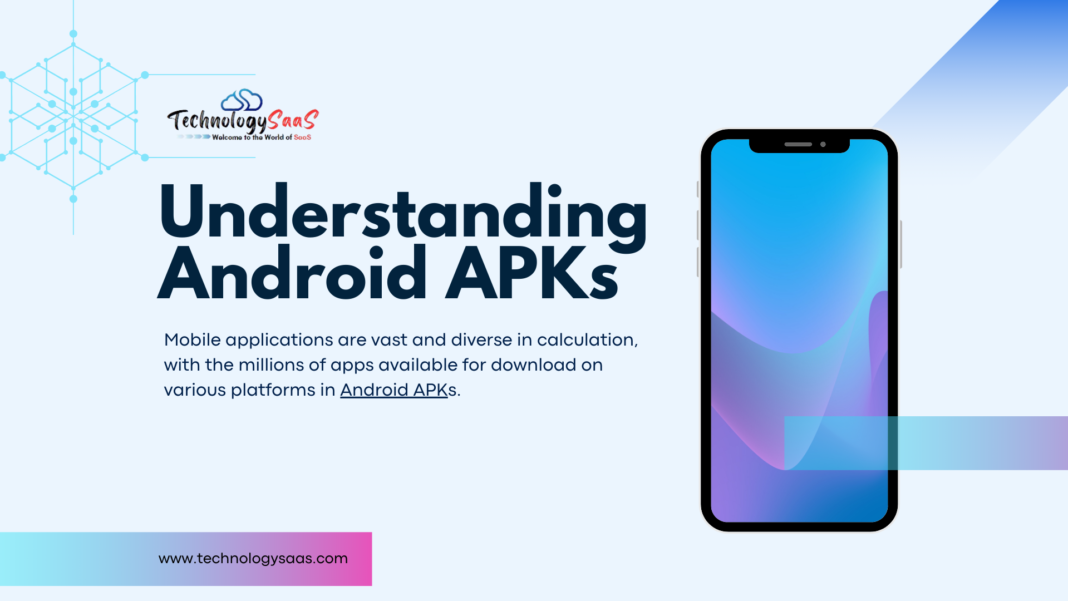Introduction Foundation of Mobile Application
Mobile applications are vast and diverse in calculation, with the millions of apps available for download on various platforms in Android APKs. The ecosystem of android APK is applied to Android Package Kit (APK), this file format is used to distribute and install the applications on Android devices. This article Android APK is a detailed focus on intricacies of APKs, that explains, how these apps work, and their significance in the Android ecosystem.
What is an Android APK?
Android Package Kit (APK) is the file format typically used in the Android APK operating system for its distribution and installation in mobile apps. It is much more distributed and installed applications on Android devices like executable files (EXE) on the Windows, macOS, APKs contain all the necessary components for the apps to function on an Android device.
Components of an APK
An APK file is a compressed archive, typically created using the ZIP file format, that contains several essential components:
1. Manifest File of (AndroidManifest.xml):
This XML file contains crucial information about the app, including its name, version, permissions it requires, and components like activities, services, and content providers.
2. Classes (`classes.dex`)
This is the compiled Java code that will run on the Android device. Android applications are compiled into a format called Dalvik Executable, or DEX, which is optimized for the Dalvik or ART runtime environment.
3. Resources:
These include images, layouts, strings, and other assets required by the app.There are typically resources stored related in the `res` directory and can be referenced in the app’s code.
4. Libraries:
Native libraries needed by the app, stored in the `lib` directory, are compiled for different architectures like ARM, x86, and MIPS.
5. Certificate and Signature:
Every Android APK file is digitally signed with a certificate before it could be installed on a mobile device. This makes sure an authenticity and integrity of the Android apps.
6. Assets:
Raw files bundled with the app, usually stored in the `assets` directory, can be accessed during runtime.
How Android APKs Work
Android APKs Works when a user downloads an app from the Google Play Store or from another source by downloading an APK file.
Let’s overview the process from download to installation:
1. Download
The APK file is downloaded onto the user’s device.
2. Verification Android APK:
The Android system verifies the APK’s digital signature to ensure it hasn’t been tampered with.
3. Installation
The system extracts the APK and installs the app, setting up all necessary components and resources on the device.
4. Execution Android APK
Once installed, the app can be launched, and the Android system loads the DEX files and other resources, allowing the app to run.
Distribution of APKs
To distribute APKs is the most common way through the set of Google Play Store, which provides a secure and centralized platform for apps to distribute.
1. Third-Party App Stores
Alternative app stores like Amazon Appstore and Samsung Galaxy Store offer APKs for download.
2. Direct Download APK
The developers of mobile apps can host APKs on their websites by allowing the users to download and install apps directly on their devices.
3. Android APK Beta Testing
Developers often distribute APKs for beta testing through platforms like TestFlight or directly to users via email or download links.
Security Considerations OF Android APK
While APKs provide a flexible method for app distribution, they also pose security risks if not handled properly:
1. Android APK Malware
It is Android APK malicious that can be disguised as legitimate apps, so to grip the viruses leading to malware infections.
2. Unauthorized Access
APKs from untrusted sources is very common, but it could be exposed on the devices to security vulnerabilities.
Conclusion
As a whole, APKs are presenting the fundamental component of the Android ecosystem, to enable the distribution and installation of millions of apps on devices worldwide. So, it is understandable that the structured and functionality of APKs is critical for both developers of APKs and users who ensure a secure and efficient mobile experience. The best practice for APK distribution and installation is Android community can continue to thrive in a secure and dynamic environment.
FAQs.
What is an Android APK?
Android Package Kit (APK) is the file format typically used in the Android operating system for its distribution and installation in mobile apps.
What is an ecosystem of Android APK?
The ecosystem of android APK is applied to Android Package Kit (APK), this file format is used to distribute and install the applications on Android devices.
Is there any data privacy in Android APK?
Yes, APKs request the excessive permissions that leads to data privacy issues.
Can these APKs provide the protection from malware attacks?
These risks of antivirus attacks in devices, these apks provide the users protection while downloading APKs from trusted sources and be cautious about the permissions requested by apps.



